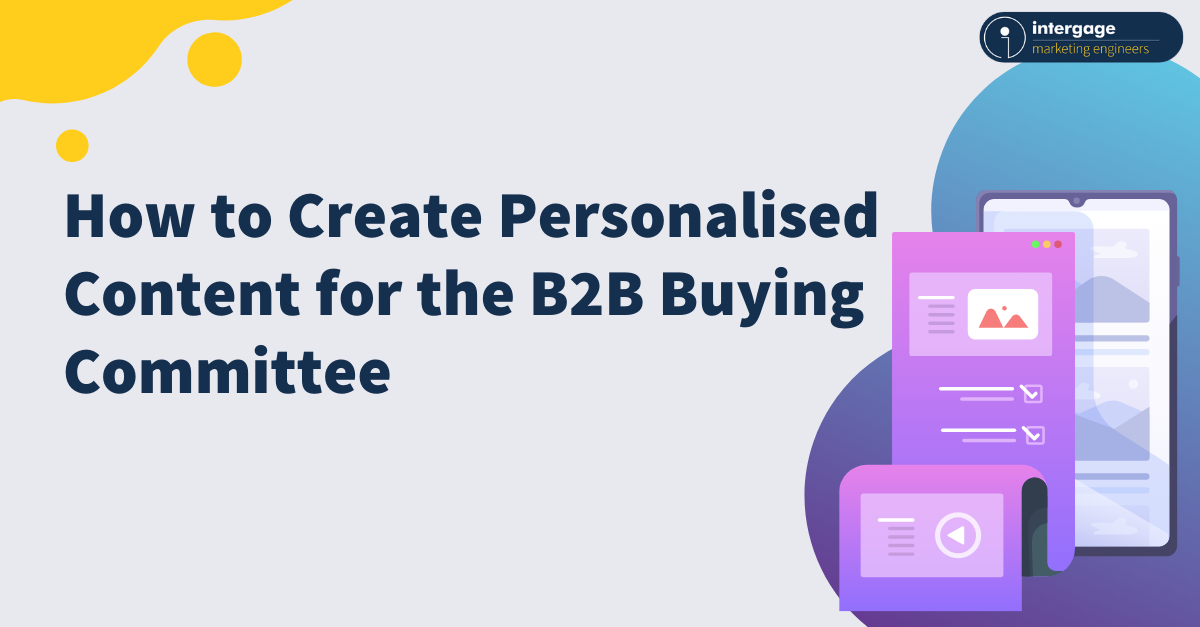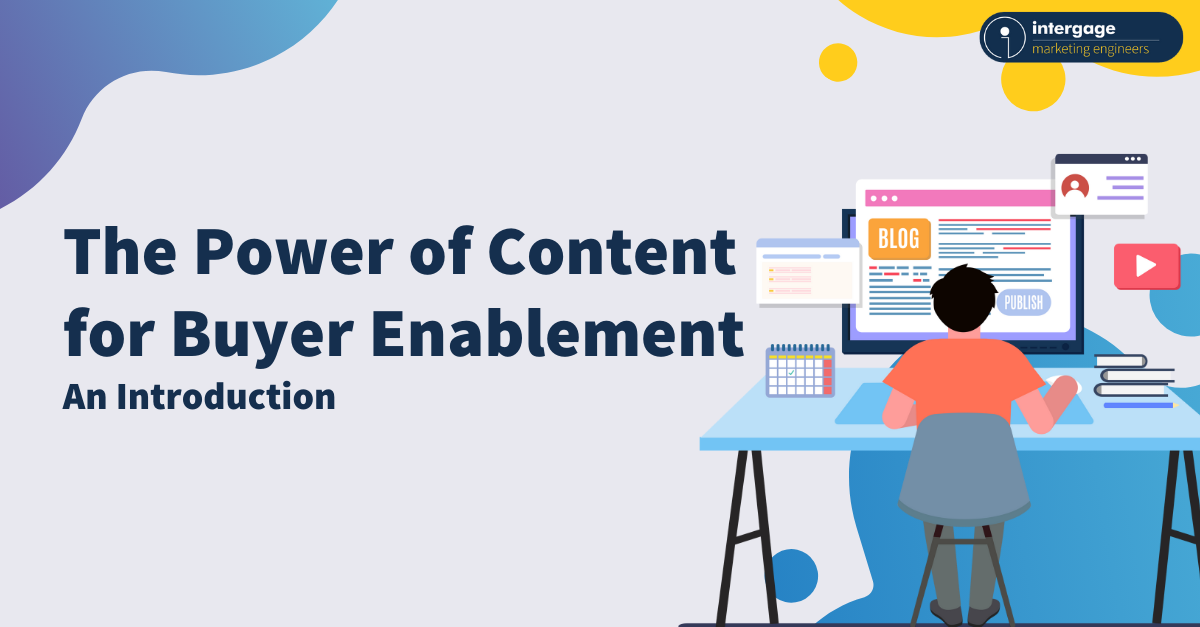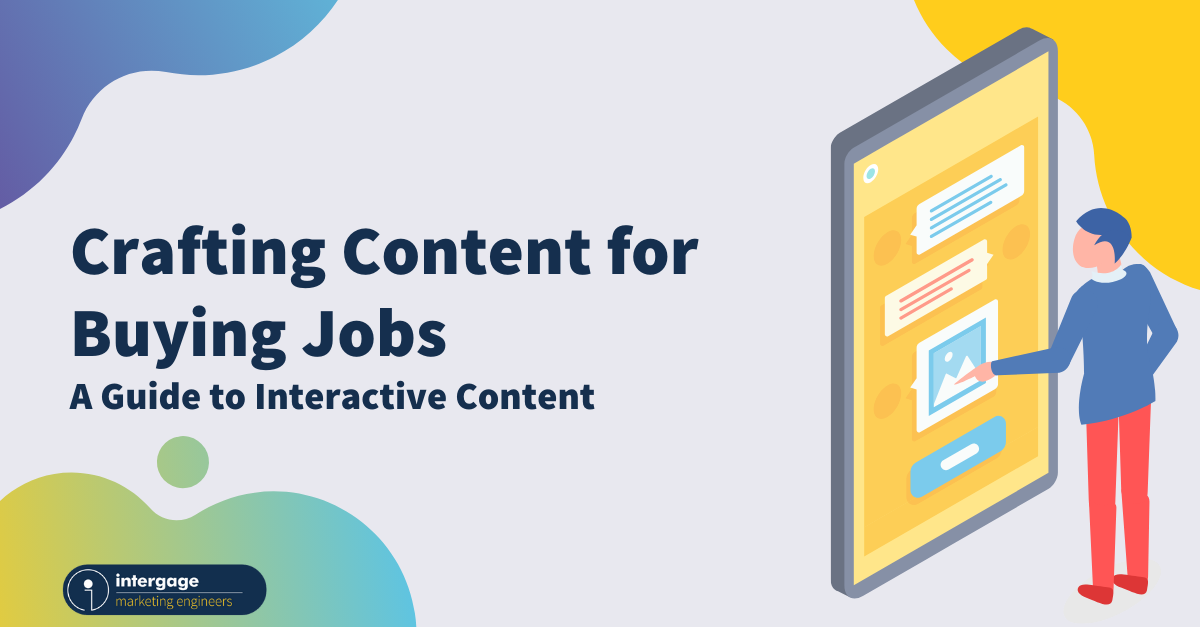Delivering Value: Personalised Content Strategies for B2B Buyers
Engaging potential buyers isn't just about delivering content; it's about delivering the right content, to the right person, at the right time. This tailored approach is where the magic happens, and it's known as content personalisation.
“How on Earth can I do that when I don’t know my buyers personally?” You may ask, and it’s a valid question.
To help answer it, let’s head right into the significance of personalised content for B2B buyers and equip you with strategies to deliver it effectively across various channels. I’ll also shine a spotlight on the role of marketing automation, such as HubSpot, in streamlining this process.
The power of personalised content
Personalisation isn't a mere buzzword in the realm of B2B sales; it's a necessary building block. According to a study from the past couple of years, 80% of consumers are more likely to do business with a company that offers personalised experiences.
Now, let's translate that into the B2B landscape. When you personalise your content, you're not just engaging buyers; you're building relationships and trust.
So, what are the benefits?
- Enhanced Engagement: Personalised content resonates with buyers on a deeper level. It shows that you understand their unique challenges and aspirations. This connection results in increased engagement and them spending a longer time your platforms.
- Increased Conversions: When your content speaks directly to a buyer's needs, it's more likely to convert. Personalised calls to action (CTAs) and recommendations guide the buyer down the sales funnel more effectively.
- Building Trust: Trust is the bedrock of B2B relationships. Personalisation demonstrates that you're not just another vendor; you're a partner who cares about the buyer's success.
Tailoring content to buyer preferences and behaviours
Effective content personalisation begins with understanding your audience. Here are strategies you should consider that aren’t just “write some blogs” so you can understand who you need to target:
- Buyer Personas: Create detailed buyer personas for different segments of your target audience. Understand their pain points, goals, and preferences; this knowledge forms the basis of your personalisation efforts.
- Behavioural Data: Leverage data analytics to track buyer behaviour on your website and other platforms. What content do they engage with the most? What topics are they interested in? This data informs your content strategy.
- Dynamic Content: Implement dynamic content blocks on your website and in emails. These blocks change based on the viewer's profile and behaviour. For example, you can display different product recommendations to different buyers.
- Personalised Emails: Craft personalised email campaigns that go way beyond addressing the recipient by name. Use behavioural data to recommend specific products or content tailored to their interests.
We discuss this concept in further detail here.
Delivering personalised content across channels
Now that you have a deeper understanding of your audience and their preferences, it's time to deliver personalised content effectively. Here are some straightforward ideas for content on your different marketing channels:
Websites
- Dynamic Landing Pages: Create dynamic landing pages that change content based on the visitor's profile. For instance, if a visitor is from the healthcare sector, the page could highlight healthcare-related solutions.
- Recommendation Engines: Implement recommendation engines on your website, similar to those e-commerce giants use. These engines suggest products or content based on the visitor's past behaviour.
Emails
- Segmentation: Segment your email list based on buyer personas and behaviour. Send targeted emails with content that aligns with each segment's interests.
- Personalised Subject Lines: Craft compelling and personalised subject lines. Include the recipient's name and reference their recent interactions with your brand.
Social media
- Custom Audiences: Platforms like LinkedIn and Facebook allow you to create custom audiences based on job titles, industries, and more. Tailor your social media content to these specific segments.
- Engagement Tracking: Monitor social media interactions to understand what type of content generates the most engagement. Adjust your content strategy accordingly.
The role of marketing automation
In the realm of B2B personalisation, marketing automation platforms like HubSpot are invaluable allies. They enable you to scale your personalisation efforts efficiently. Here's how:
- Lead Scoring: Marketing automation tools allow you to assign scores to leads based on their interactions with your content. This helps you identify the most engaged and interested prospects.
- Automated Workflows: Create automated workflows that nurture leads with personalised content. As leads progress through the buying journey, the automation adapts to their behaviour and delivers the most relevant content.
- A/B Testing: Marketing automation platforms often include A/B testing features. Use them to refine your personalisation strategies continuously by comparing open rates, or click through rates.
- Data Integration: These tools can integrate with your CRM and other data sources, providing a comprehensive view of each lead. This enriched data informs your personalisation efforts.
Real-life examples of personalised content
Let's explore a couple of real-world examples of companies excelling in personalised content delivery
Amazon business
Amazon Business uses a robust recommendation engine that suggests products based on a customer's browsing and purchase history. This feature streamlines the purchasing process and encourages upselling whilst demonstrating a personalised experience for its customers.
Spotify for brands
Meanwhile, Spotify for Brands offers advertisers the opportunity to create custom playlists that resonate with specific target audiences. This tailored approach not only showcases the brand's personality and features, but also enhances engagement.
By understanding your audience, tailoring content to their preferences and behaviours, and harnessing the power of marketing automation, you can deliver valuable and relevant content experiences that build trust, foster engagement, and drive conversions. At its core, it's clear the one-size-fits -all era of content creation for B2B sales is long gone. Personalisation is now the key to unlocking effective engagement with B2B buyers.
Want to know more? Check out our full buyer enablement guide here.



